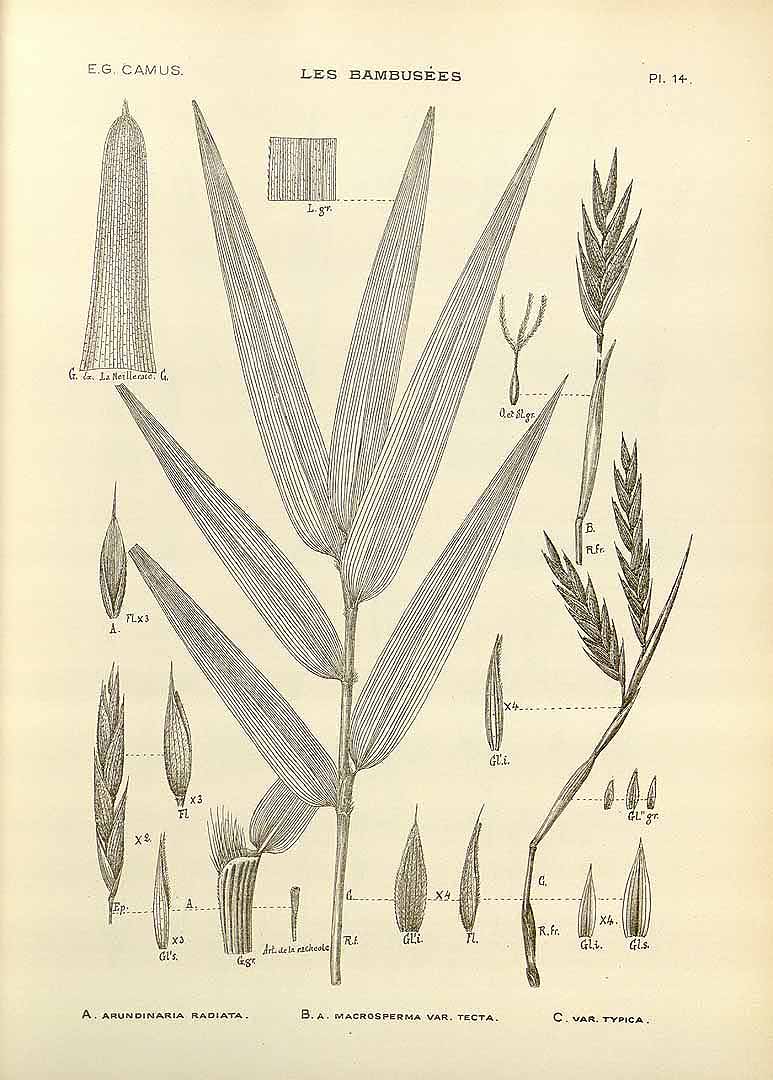! Nouveau site ici !
Vita > Plantae > Magnoliophyta > Liliopsida > Cyperales > Poaceae > Arundinaria
![Illustration Arundinaria gigantea, Par Audubon, J.J., Birds of America [double elephant folio edition] (1826-1838), via plantillustrations Illustration Arundinaria gigantea, Par Audubon, J.J., Birds of America [double elephant folio edition] (1826-1838), via plantillustrations](../inc/images/illustrations/arundinaria_gigantea.jpg )
![Illustration Arundinaria gigantea, Par Audubon, J.J., Birds of America [double elephant folio edition] (1826-1838), via plantillustrations Illustration Arundinaria gigantea, Par Audubon, J.J., Birds of America [double elephant folio edition] (1826-1838), via plantillustrations - Fermer](../inc/images/illustrations/arundinaria_gigantea.jpg ) suivante
suivante




| Taux d'humidité | Énergie (kj) | Énergie (kcal) | Protéines (g) |
| / | / | / | / |
| Pro- vitamines A (µg) |
Vitamines C (mg) | Fer (mg) | Zinc (mg) |
| / | / | / | / |

